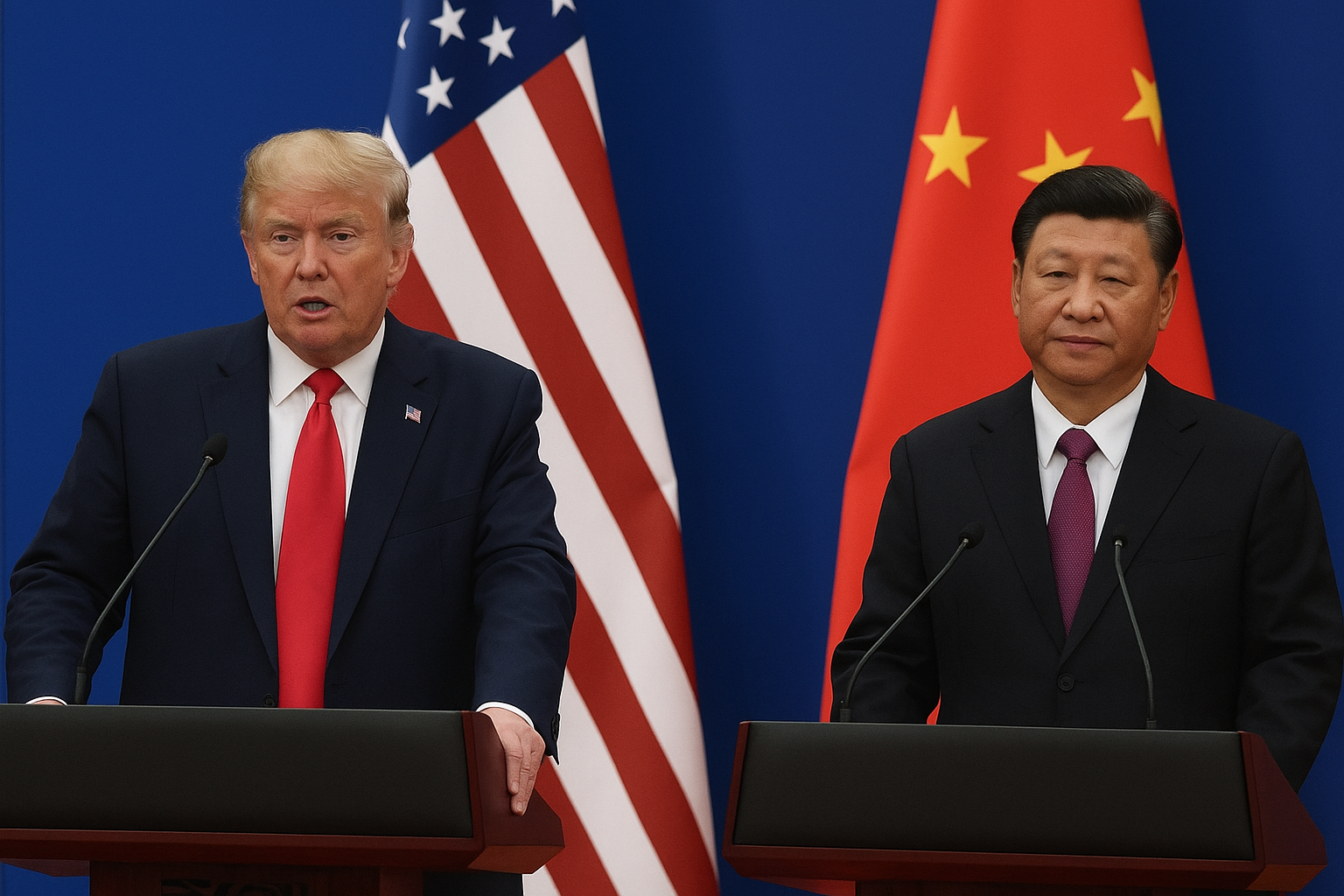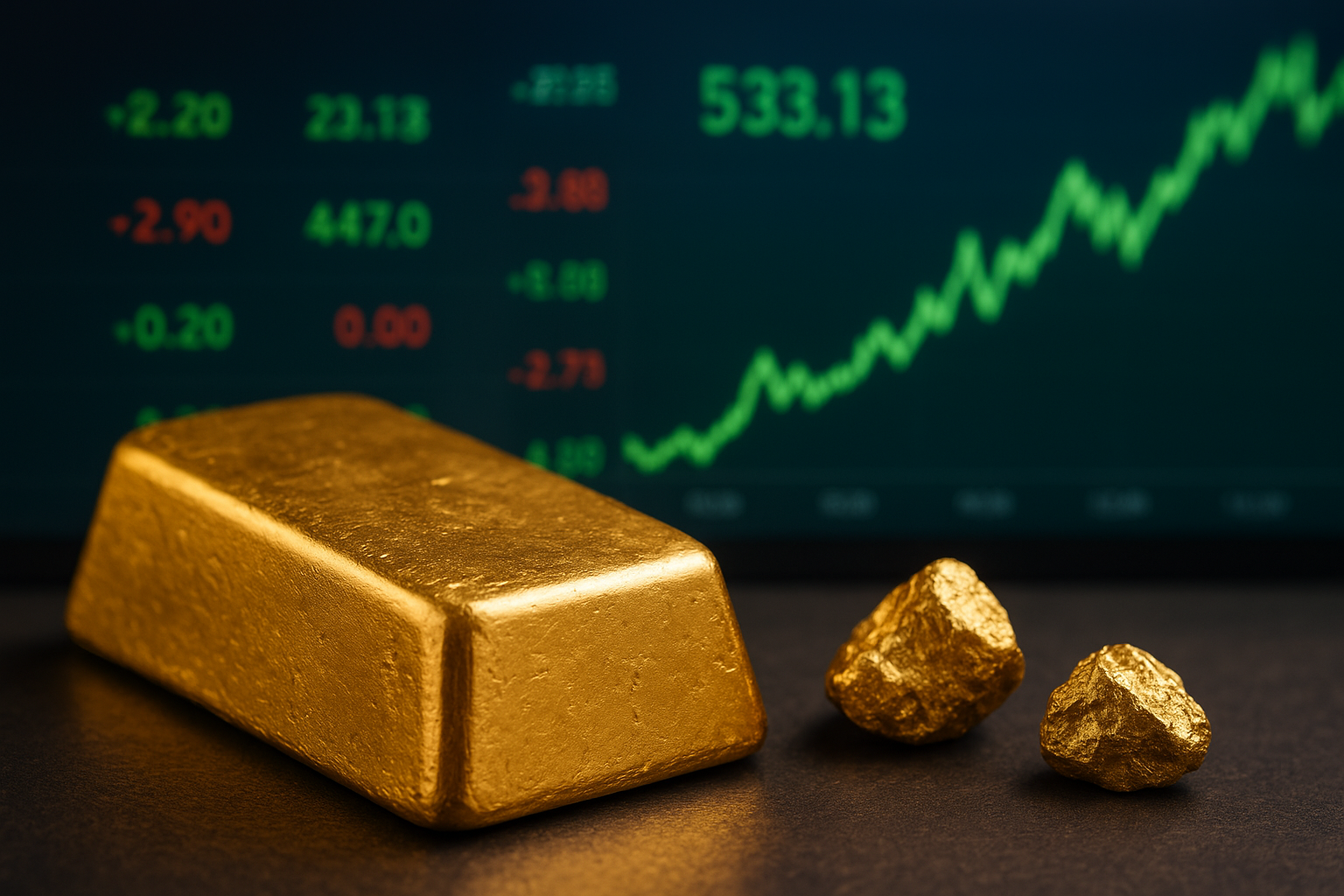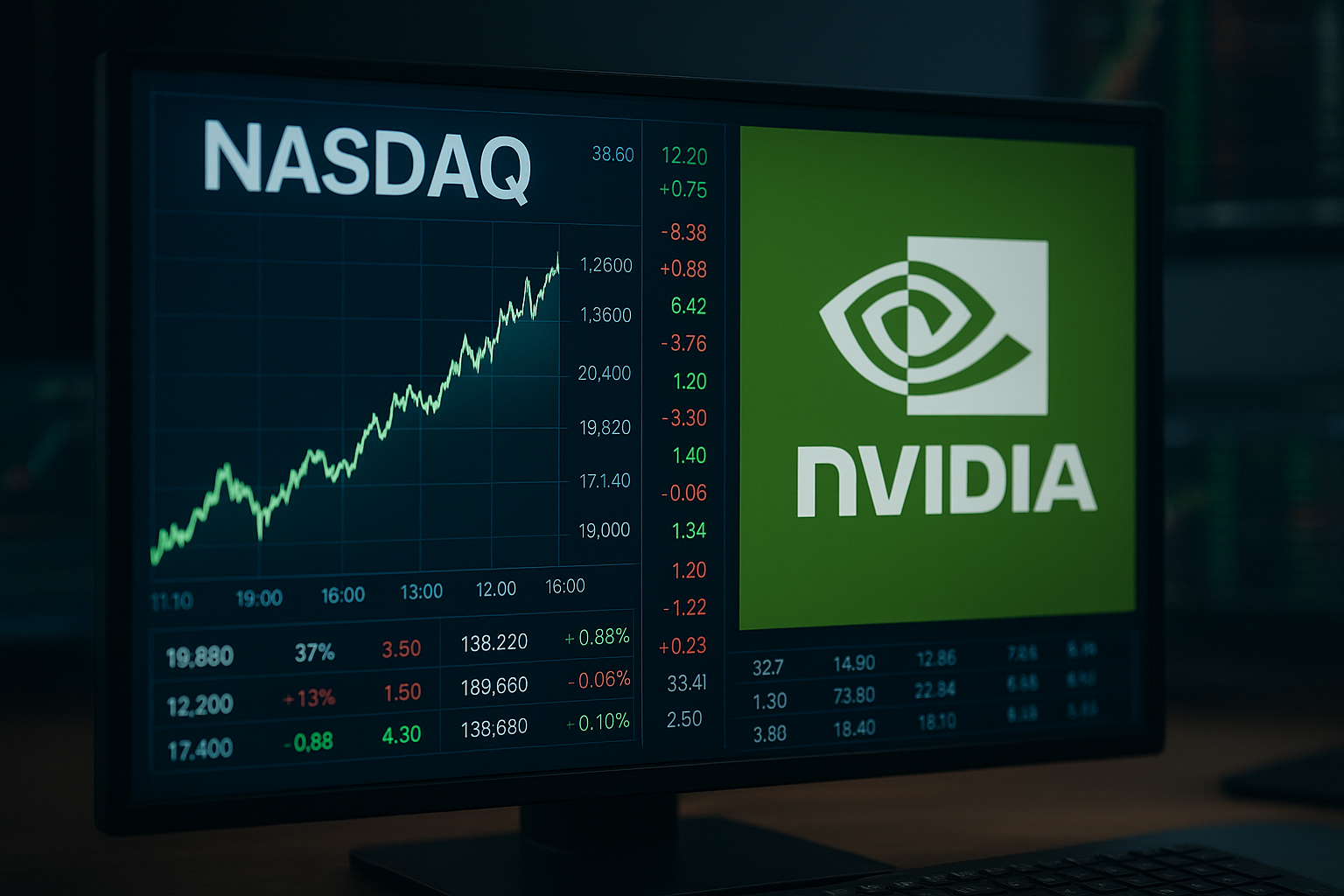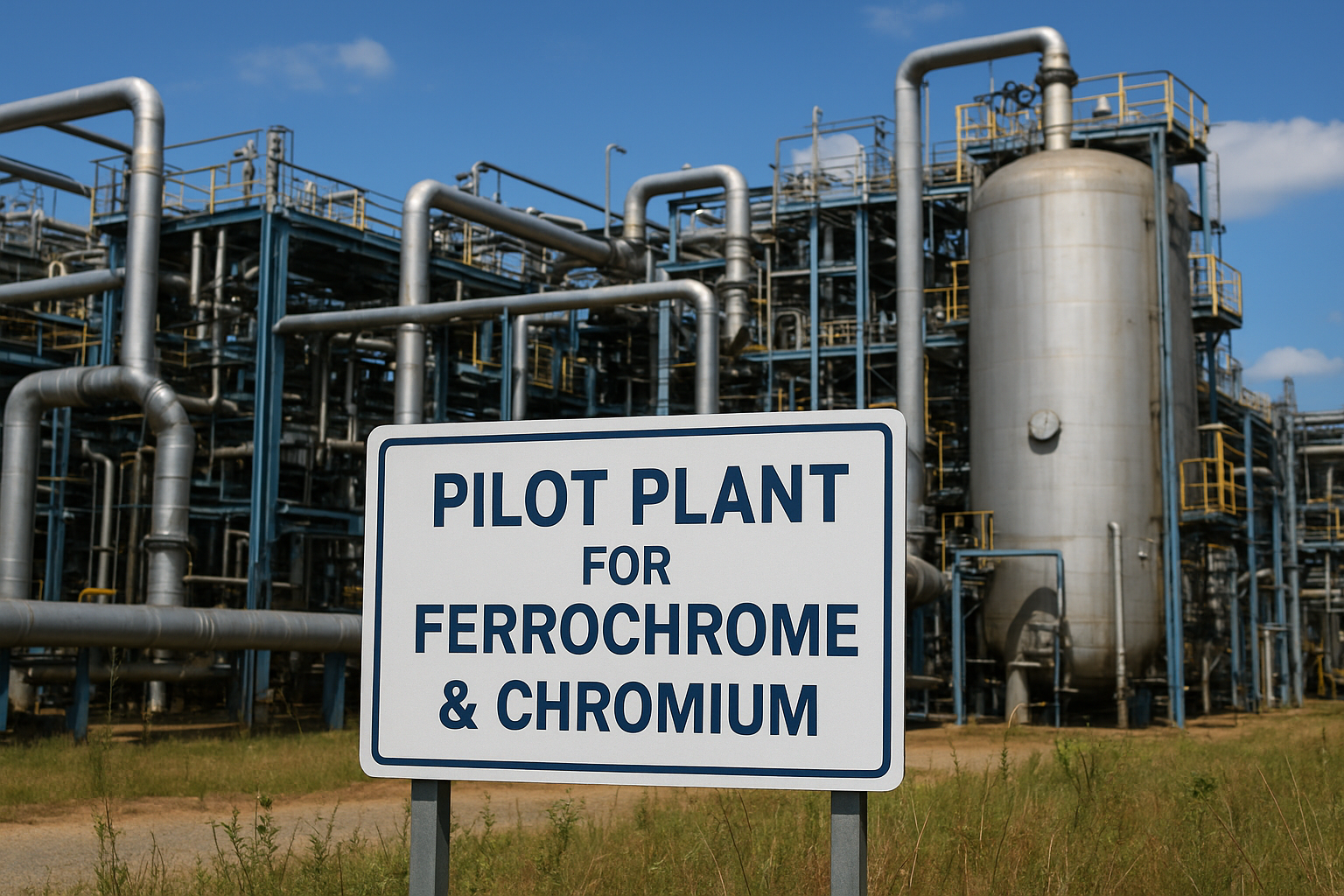Global markets are once again shifting their attention toward the metals and mining sector, as Washington makes a bold move to secure access to the critical minerals needed for the clean energy transition. On October 2, Reuters reported that the U.S. government is proposing to buy equity stakes in select Australian mining firms, focusing on lithium, cobalt, and rare earth producers. This initiative follows the Department of Energy’s recent announcement of a 5% equity stake in Lithium Americas and its Thacker Pass lithium project in Nevada, a deal that restructured a $2.26 billion loan into a deeper strategic partnership.
This development marks a significant escalation in the U.S. strategy to diversify away from Chinese supply chains, which currently dominate the refining and processing of many of these critical minerals.
Why This Matters for Investors
The U.S. equity stake proposal is more than just a policy gesture. For investors, it signals government-backed de-risking of projects in a sector plagued by financing challenges, permitting delays, and commodity price volatility. By taking direct ownership, Washington is signaling to the market that it is willing to share the risk in order to accelerate development timelines.
Analysts have noted that U.S. equity stakes in foreign companies could enhance cross-border collaboration. Australia, a leading global producer of lithium and rare earths, stands to benefit significantly. According to BloombergNEF, global lithium demand is expected to triple by 2030, driven by electric vehicle (EV) adoption. Investors who identify the firms most likely to benefit from U.S. participation may gain early exposure to projects that could see both valuation support and priority offtake agreements with American manufacturers.
Strategic Implications
This policy aligns with broader U.S. efforts to secure supply chains for the energy transition. The Inflation Reduction Act (IRA) already provides tax credits and incentives for domestically sourced materials, but gaps in domestic production mean partnerships with allied nations are essential. Reuters highlighted that Washington is particularly concerned about Beijing’s tightening grip on rare earth processing, where China accounts for over 80% of global refining capacity.
For Canadian and Australian miners, this opens the door to U.S. financing and preferential treatment in offtake contracts. Mining.com recently noted that government-backed deals could ease capital constraints that have long slowed the pace of mine development. At the same time, investors should watch for valuation mismatches: government stakes may set new pricing benchmarks that ripple through the sector.
Future Trends to Watch
- Targeted Companies: Keep an eye on ASX-listed firms in lithium and rare earths such as Lynas Rare Earths, Pilbara Minerals, and Core Lithium. Any confirmation of U.S. interest could trigger significant price action.
- Canadian Exposure: Beyond Australia, Canadian miners could also benefit from Washington’s strategic push. Companies in Ontario and Quebec developing lithium and cobalt assets may become secondary targets for U.S. equity deals.
- Geopolitical Risk: China is unlikely to watch quietly. Potential countermeasures, including export restrictions or pricing interventions, could inject volatility into the sector.
- Commodity Pricing: With copper deficits already making headlines and lithium demand surging, expect heightened price swings across the critical minerals complex.
Key Investment Insight
For investors, this is a clear signal that government-backed de-risking will increasingly shape the critical minerals landscape. Exposure to Australian and Canadian miners with high-grade assets and U.S. alignment could present outsized opportunities. However, investors must weigh these opportunities against the risks of political negotiation, cross-border regulation, and execution challenges.
Diversification remains crucial: balancing direct mining plays with exposure to EV and battery manufacturers may provide a more stable entry point into this growth story.
Stay connected with MoneyNews.Today for daily insights into metals, mining, and the macroeconomic forces reshaping global markets.





